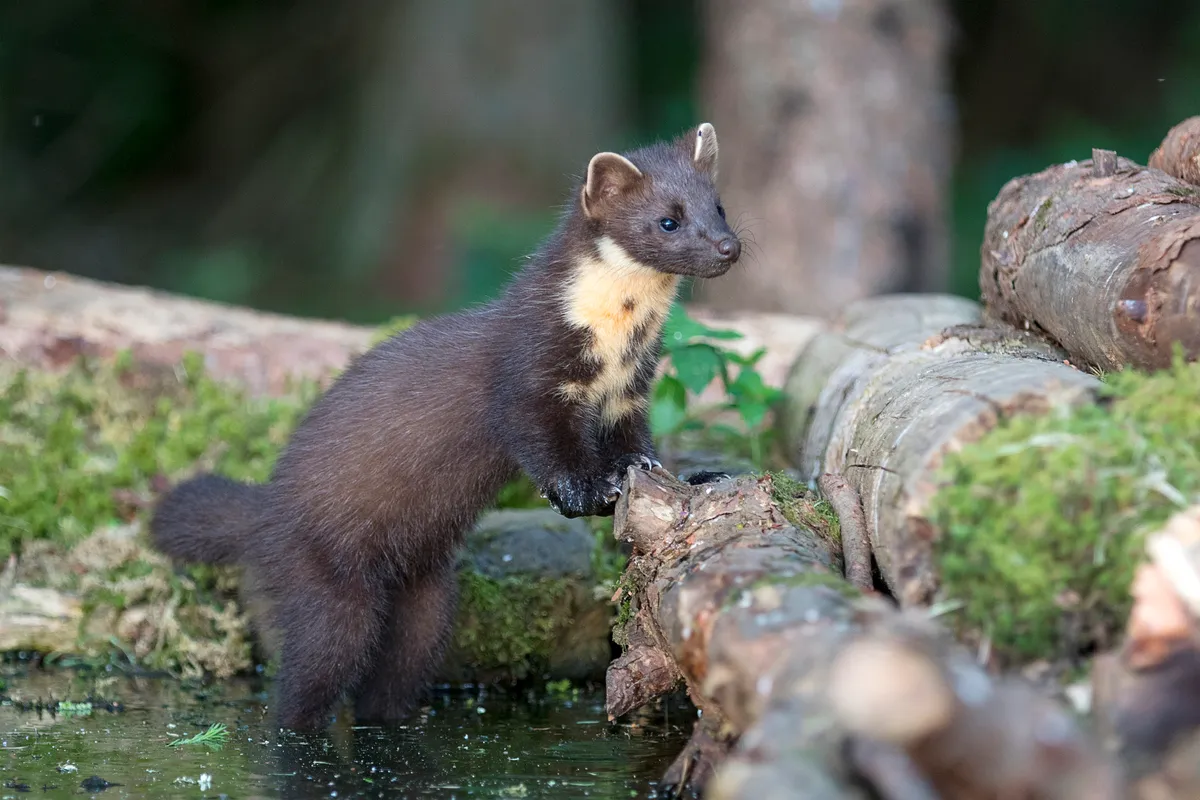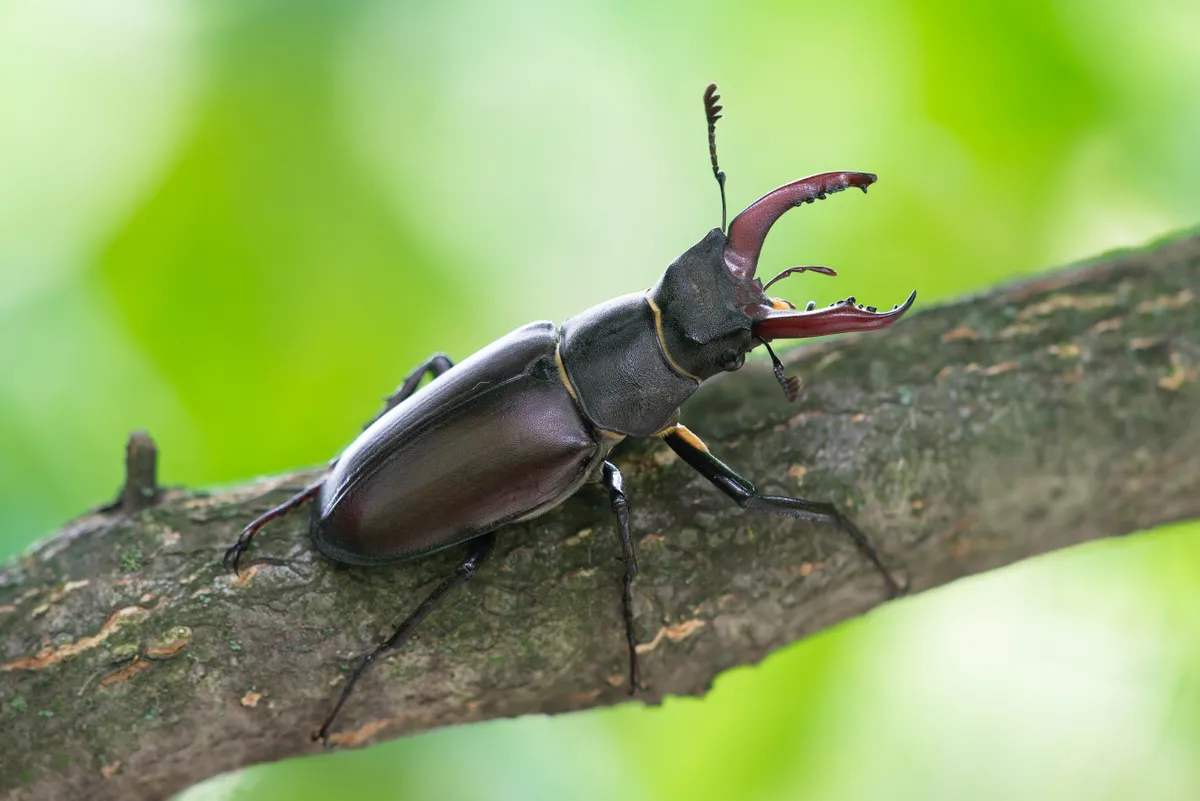World Wildlife Day encourages us to get to know our local wildlife and plants and find out how we can all help look after them and raise awareness of species under threat. Here is our guide to World Wildlife Day 2021, explaining what it is and how you can take part.
What is the theme for World Wildlife Day 2021?
Each year the awareness day features a different wildlife theme, and in 2021 the theme is ‘Forests and Livelihoods: Sustaining People and Planet', highlighting “the central role of forests, forest species and ecosystems services in sustaining the livelihoods of hundreds of millions of people globally, and particularly of Indigenous and local communities with historic ties to forested and forest-adjacent areas.”

What does World Wildlife Day aim to achieve?
The theme aims to align with at least one of the 17 United Nations Sustainable Development goals.
In 2013 the United Nations General Assembly (UNGA) created World Wildlife Day, which now takes place annually on 3 March. Formally known as the day the Convention on International Trade in Endangered Species of Wild Fauna and Flora (CITES) was signed, to regulate worldwide commercial trade in wild animal and plant species. The day is all about raising awareness and celebrating wildlife and plants found worldwide.
How to get involved with World Wildlife Day
You can let your friends know that you are supporting World Wildlife Day by sharing it on social media. The hashtags are #WorldWildlifeDay, #WWD2021 and #ForestsPeoplePlanet.
You can watch a livestream on the World Wildlife Day YouTube channel of a series of discussions along this year's theme, starting at 1pm GMT.
Find out more about getting involved.
Learn more about forest species
Pine marten (Martes martes)

The pine marten is one of Britain's rarest carnivores, belonging to the mustelid family (which also includes otters, badgers and weasels) and found in woodlands and forests.
The pine marten was once both widespread and common, but after centuries of woodland clearance, the demand by furriers for marten pelts, and predator control, just tiny remnant populations remained in remote areas in Wales and northern England.
In Scotland, the marten’s fortunes fared better. Pressures were less across much of Scotland and the pine marten stayed safe in the North West Highlands.
Recovery and reintroduction projects are taking place led by conservation organisations, including restoring a viable population of martens to the forests of mid-Wales, and reintroducing them to the Forest of Dean.
The pine marten's scientific name, Martes martes, is an example of a tautonym, where the genus and specific name are the same.
Learn more about mustelids:
Test your mustelid ID skills with our quiz:
Scottish wildcat (Felis silvestris)

The Scottish wildcat is the only native feline still found in the UK, and use a mosaic of habitat types which often include broadleaved or mixed woodland.
As part of the Mammal Society’s Population and Conservation Status of British Mammals (2018) the society produced the first red list of British mammals under the guidelines of the International Union for the Conservation of Nature (IUCN).
Despite their wider Least Concern status, in Britain wildcats were one of three mammals to be classed as Critically Endangered. The species used to be found throughout mainland Britain however, due to persecution and woodland clearance, they were lost from England, Wales and southern Scotland in the 19th century.
Today, their biggest threat is hybridisation with domestic cats, where a wildcat and a domestic cat produce young which are a hybrid of the two and therefore not pure wildcat.
Stag beetle (Lucanus cervus)

The stag beetle is an impressive species of beetle, with its large showy jaws. The species spends much of its life as a large white grub (called larva), living underground.
Often found in tree stumps and in decaying roots, they feed on rotting wood for several years as they grow and develop before finally transforming into an adult beetle.
In the UK, stag beetles are a priority species for conservation, due to their range contracting over time and continuing loss of habitat. Whilst their numbers appear to be stable at the moment, they’re declining across Europe and have already gone extinct in some countries like Denmark and Latvia.
Orangutan (Pongo genus)

There are three species of orangutan: Sumatran (Pongo abelii), Bornean (P. pygmaeus), and Tapanuli (P. tapanuliensis). The latter was only described in 2017, bringing the total number of great ape species up to eight.
Orangutans are the largest tree-dwelling animals on Earth. Adult male orangutans, reaching a weight of 140kg or more, spend over 90% of their time in the treetops, eating ripe fruit, young leaves and the occasional termite or vine. Adult females spend even more time in the canopy.